Autumn Path By AnthonyPresley

Autumn Path by AnthonyPresley
More Posts from Monstrous-mind and Others
🍁🍂
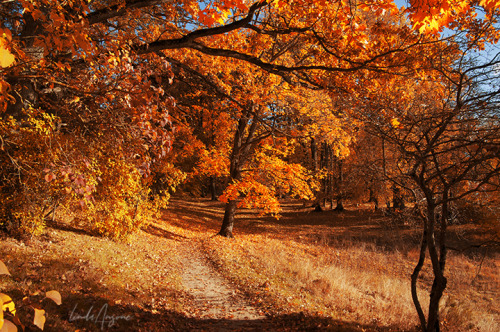



🐈🌃🌌

🍁🍂🎃🍂🍁

Autumn Alley, Germany …..by Michael Boehmlaend
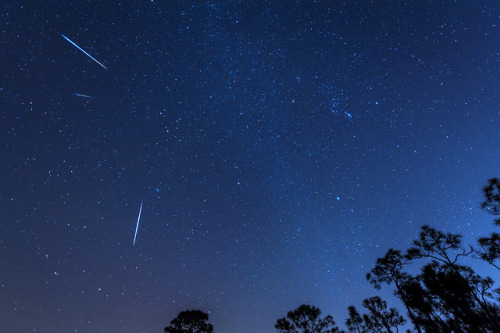
Meteor Shower Time: The Geminids!
The biggest rival of the Perseid meteor shower has arrived! The Geminids which has a reputation for the enormous about of meteors it produces peaks Friday the 14th. This shower often gets overlooked due to the fact that much of the Northern Hemisphere is freezing its buns off during this time. But if you are somewhere warm… or even have a decent sized window, you will want to give this one a shot.
Read the full post to see how to catch it
🍁🍂🎃

🍁🍂🌄

🌬🍃🍁🍂🎃🍂🍁

🍂🍁🎃🍁🍂🌄

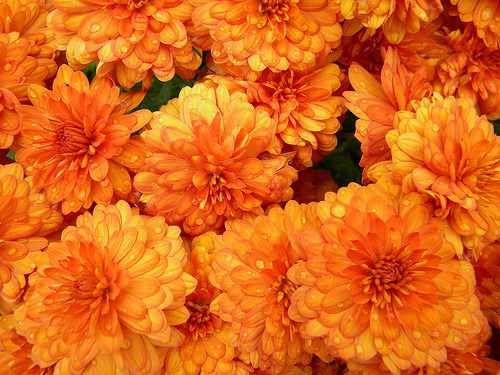


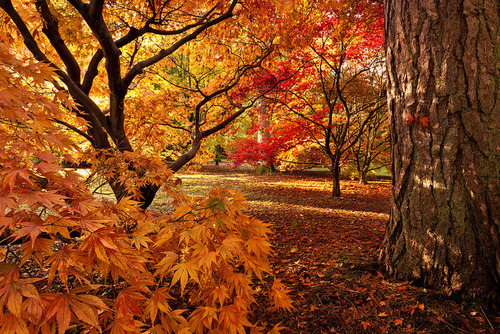


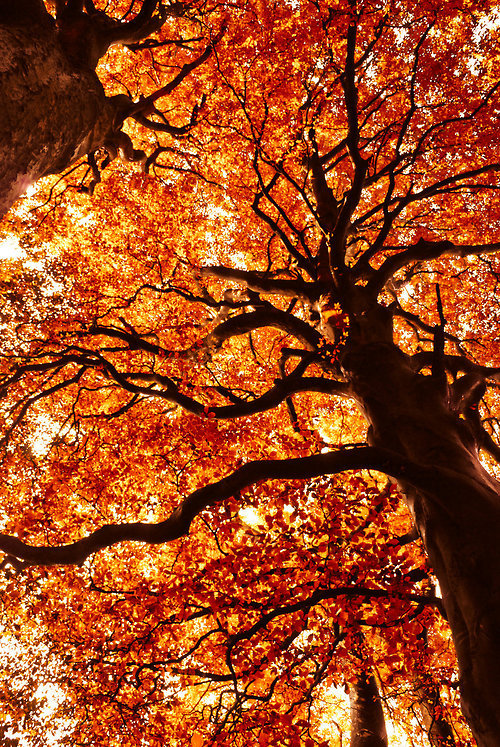


Autumn Colours
↳ Orange
🍂🍁🌄
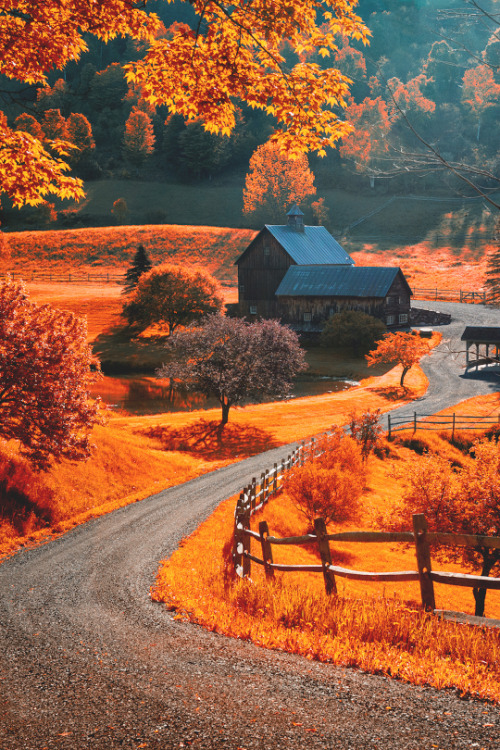
🔭🌃🌌
Characteristics of the moons of Saturn
Saturn has 62 natural satellites. Here are some features of some of its moons, with mountains, valleys, and striking marks on their surfaces, often marked by asteroid bombardments causing small, huge craters.

Iapetus - Equatorial ridge
Iapetus’s equatorial ridge was discovered when the Cassini spacecraft imaged Iapetus on 31 December 2004. Peaks in the ridge rise more than 20 km above the surrounding plains, making them some of the tallest mountains in the Solar System. The ridge forms a complex system including isolated peaks, segments of more than 200 km and sections with three near parallel ridges.

Tethys - Odysseus crater
Odysseus is the largest crater on Saturn’s moon Tethys. It is 445 km across, more than 2/5 of the moon’s diameter, and is one of the largest craters in the Solar System.

Tethys - Ithaca Chasma
Ithaca Chasma is a valley (graben) on Saturn’s moon Tethys, named after the island of Ithaca, in Greece. It is up to 100 km wide, 3 to 5 km deep and 2,000 km long, running approximately three-quarters of the way around Tethys’ circumference, making it one of the longer valleys in the Solar System. Ithaca Chasma is approximately concentric with Odysseus crater.

Tethys - Red arcs
Unusual arc-shaped, reddish streaks cut across the surface of Saturn’s ice-rich moon Tethys in this enhanced-color mosaic. The red streaks are narrow, curved lines on the moon’s surface, only a few miles (or kilometers) wide but several hundred miles (or kilometers) long.

Rhea - Inktomi crater
Inktomi, also known as The Splat, is a prominent rayed impact crater 47.2 kilometres (29.3 mi) in diameter located in the southern hemisphere of Saturn’s moon Rhea.

Mimas - Herschel Crater
Herschel is a huge crater in the leading hemisphere of the Saturnian moon Mimas, on the equator at 100° longitude. It is so large that astronomers have expressed surprise that Mimas was not shattered by the impact that caused it. It measures 139 kilometres (86 miles) across, almost one third the diameter of Mimas. If there were a crater of an equivalent scale on Earth it would be over 4,000 km (2,500 mi) in diameter – wider than Canada – with walls over 200 km (120 mi) high.

Enceladus - Surface with fractures
Close up of one of the ‘tiger stripes” or fissures called Baghdad Sulcus. Both heat and occasional geysers issue from this formidable crack. Some of the material coating the landscape may be snow condensed from vapor. This closeup of the surface of Enceladus on November 21, 2009, viewed from approximately 1,260 miles (2,028 kilometers) away.

Dione - Contrasts
This image from NASA’s Cassini spacecraft shows a part of Dione’s surface that is covered by linear, curving features, called chasmata. One possibility is that this stress pattern may be related to Dione’s orbital evolution and the effect of tidal stresses over time. This view looks toward the trailing hemisphere of Dione.
Learn more: Iapetus, Tethys, Rhea, Mimas, Enceladus and Dione.
Images: NASA/JPL-Caltech
-
 darthtyranus533 reblogged this · 1 year ago
darthtyranus533 reblogged this · 1 year ago -
 sims3-dh liked this · 1 year ago
sims3-dh liked this · 1 year ago -
 coffeeslut25 reblogged this · 1 year ago
coffeeslut25 reblogged this · 1 year ago -
 coffeeslut25 liked this · 1 year ago
coffeeslut25 liked this · 1 year ago -
 that-dope-shit-that-i-like liked this · 1 year ago
that-dope-shit-that-i-like liked this · 1 year ago -
 mystic-mead0w reblogged this · 1 year ago
mystic-mead0w reblogged this · 1 year ago -
 pffth liked this · 1 year ago
pffth liked this · 1 year ago -
 waldgrun reblogged this · 5 years ago
waldgrun reblogged this · 5 years ago -
 alyson-mae-sweetheart3 liked this · 5 years ago
alyson-mae-sweetheart3 liked this · 5 years ago -
 doktor-disko liked this · 5 years ago
doktor-disko liked this · 5 years ago -
 miya-miya-san liked this · 5 years ago
miya-miya-san liked this · 5 years ago -
 southcarolinawoman reblogged this · 5 years ago
southcarolinawoman reblogged this · 5 years ago -
 raheljoy reblogged this · 5 years ago
raheljoy reblogged this · 5 years ago -
 villagewitch-co reblogged this · 5 years ago
villagewitch-co reblogged this · 5 years ago -
 chicagok liked this · 5 years ago
chicagok liked this · 5 years ago -
 oximsodirtybabexo-blog reblogged this · 5 years ago
oximsodirtybabexo-blog reblogged this · 5 years ago -
 oximsodirtybabexo-blog liked this · 5 years ago
oximsodirtybabexo-blog liked this · 5 years ago -
 perpetualkat liked this · 5 years ago
perpetualkat liked this · 5 years ago -
 cosy-fall reblogged this · 5 years ago
cosy-fall reblogged this · 5 years ago -
 butwhataneye reblogged this · 5 years ago
butwhataneye reblogged this · 5 years ago -
 fireandcake liked this · 5 years ago
fireandcake liked this · 5 years ago -
 autumn-h0llows liked this · 5 years ago
autumn-h0llows liked this · 5 years ago -
 fyautumn reblogged this · 5 years ago
fyautumn reblogged this · 5 years ago -
 spookynoel reblogged this · 5 years ago
spookynoel reblogged this · 5 years ago -
 chibi-captain reblogged this · 5 years ago
chibi-captain reblogged this · 5 years ago -
 treasuretroveblog liked this · 5 years ago
treasuretroveblog liked this · 5 years ago -
 dr0wnedperfectionist liked this · 5 years ago
dr0wnedperfectionist liked this · 5 years ago -
 helloworld123sworld reblogged this · 5 years ago
helloworld123sworld reblogged this · 5 years ago -
 helloworld123sworld liked this · 5 years ago
helloworld123sworld liked this · 5 years ago -
 thebestinthewestandtheeast liked this · 5 years ago
thebestinthewestandtheeast liked this · 5 years ago -
 aglaydis reblogged this · 5 years ago
aglaydis reblogged this · 5 years ago -
 leahreadsfiction reblogged this · 5 years ago
leahreadsfiction reblogged this · 5 years ago -
 t1000 reblogged this · 5 years ago
t1000 reblogged this · 5 years ago -
 witchyoctoberxx reblogged this · 5 years ago
witchyoctoberxx reblogged this · 5 years ago -
 trecentoquarantaseichilometri reblogged this · 5 years ago
trecentoquarantaseichilometri reblogged this · 5 years ago -
 dean2713 reblogged this · 5 years ago
dean2713 reblogged this · 5 years ago -
 dean2713 liked this · 5 years ago
dean2713 liked this · 5 years ago -
 scottclaymore400 liked this · 5 years ago
scottclaymore400 liked this · 5 years ago -
 fyautumn liked this · 5 years ago
fyautumn liked this · 5 years ago -
 inthemiddleoftheparty liked this · 5 years ago
inthemiddleoftheparty liked this · 5 years ago -
 somethingintheforest reblogged this · 5 years ago
somethingintheforest reblogged this · 5 years ago
My ambition is handicapped by laziness. -C. Bukowski Me gustan las personas desesperadas con mentes rotas y destinos rotos. Están llenos de sorpresas y explosiones. -C. Bukowski. I love cats. Born in the early 80's, raised in the 90's. I like Nature, Autumn, books, landscapes, cold days, cloudy Windy days, space, Science, Paleontology, Biology, Astronomy, History, Social Sciences, Drawing, spending the night watching at the stars, Rick & Morty. I'm a lazy ass.
222 posts